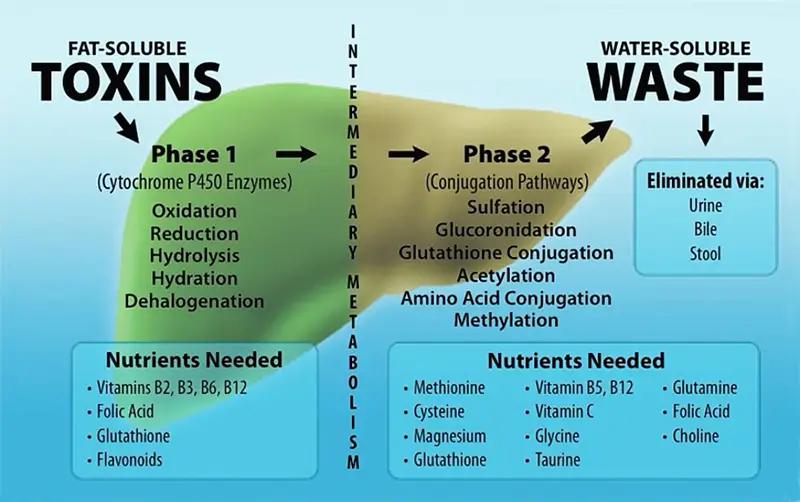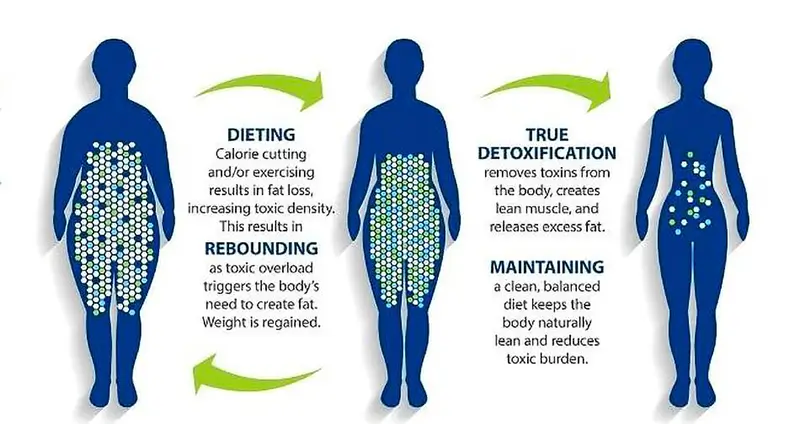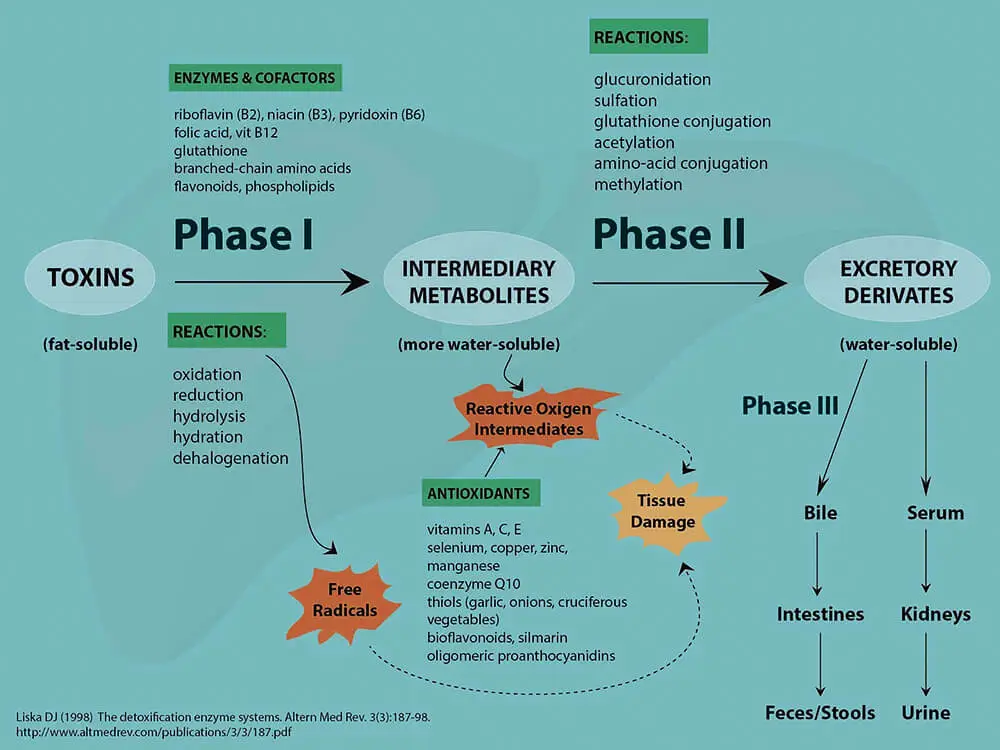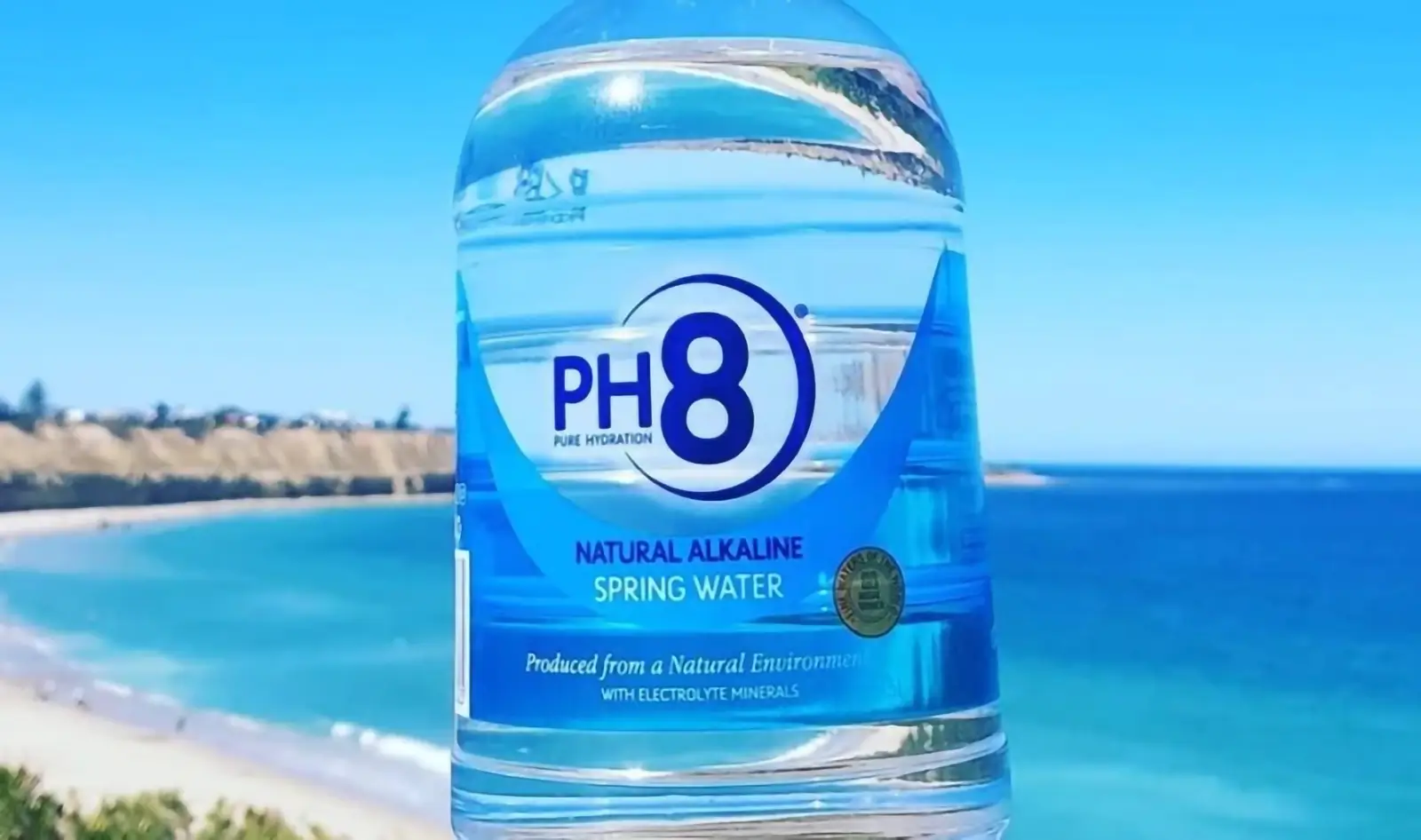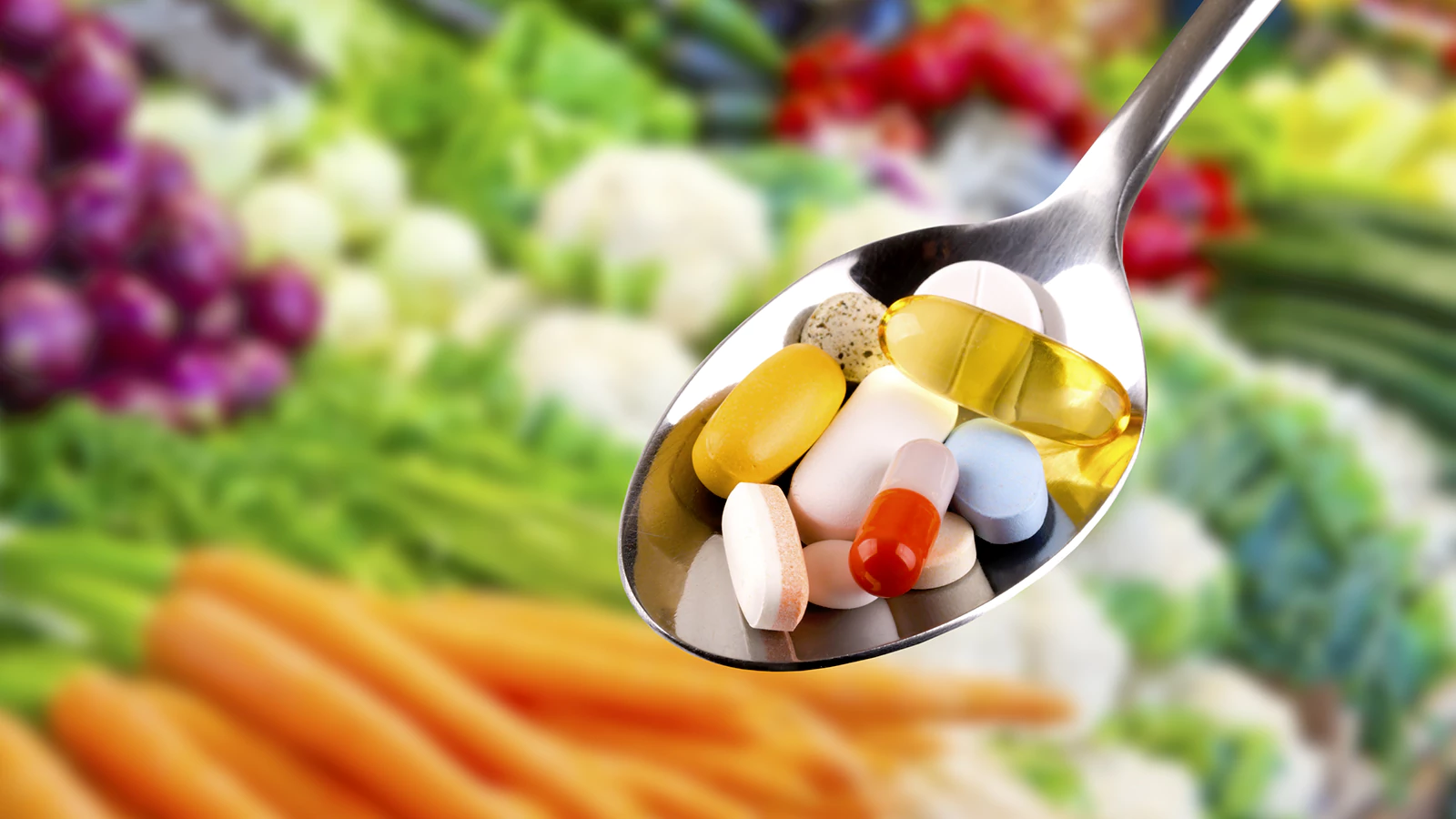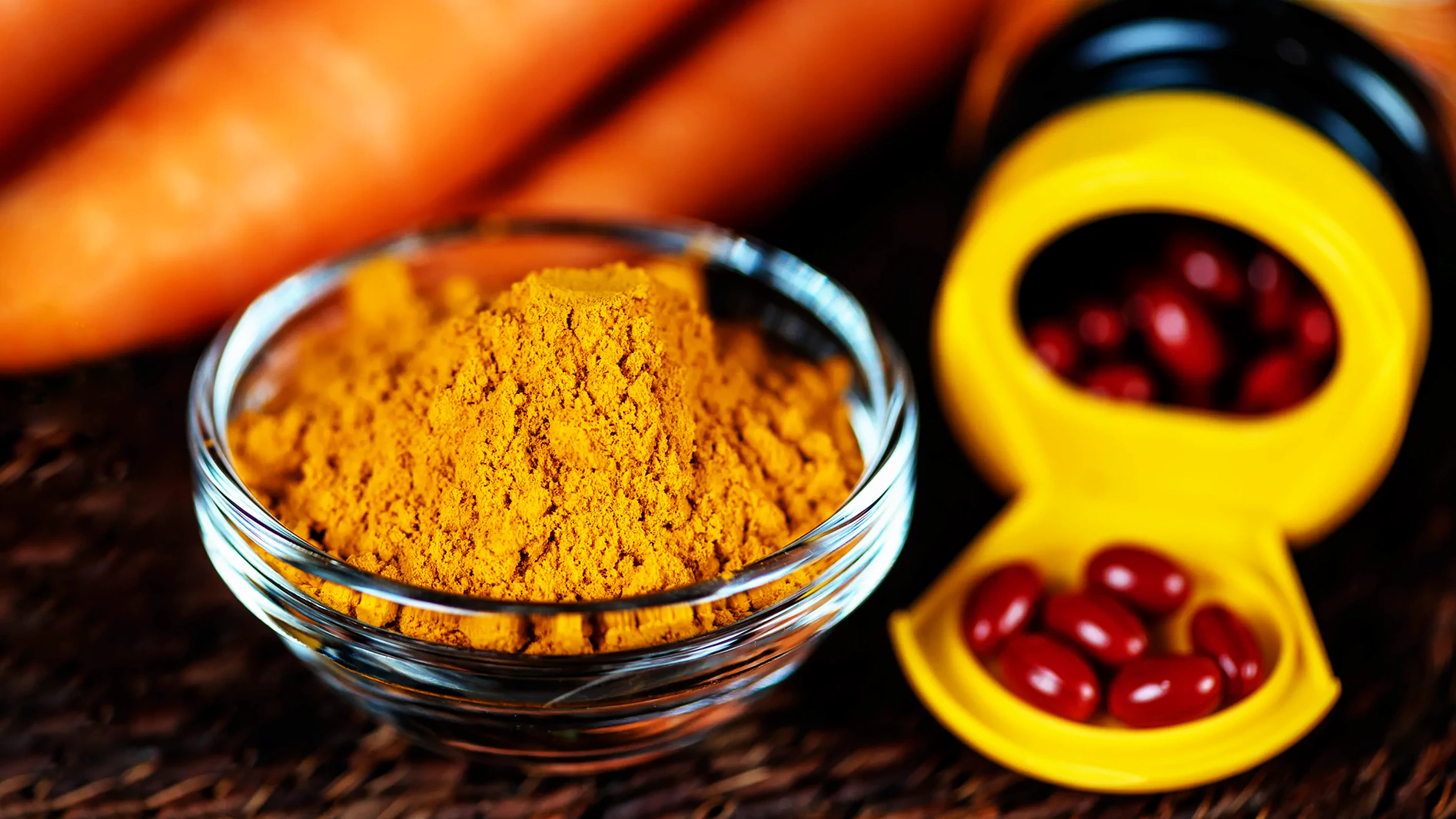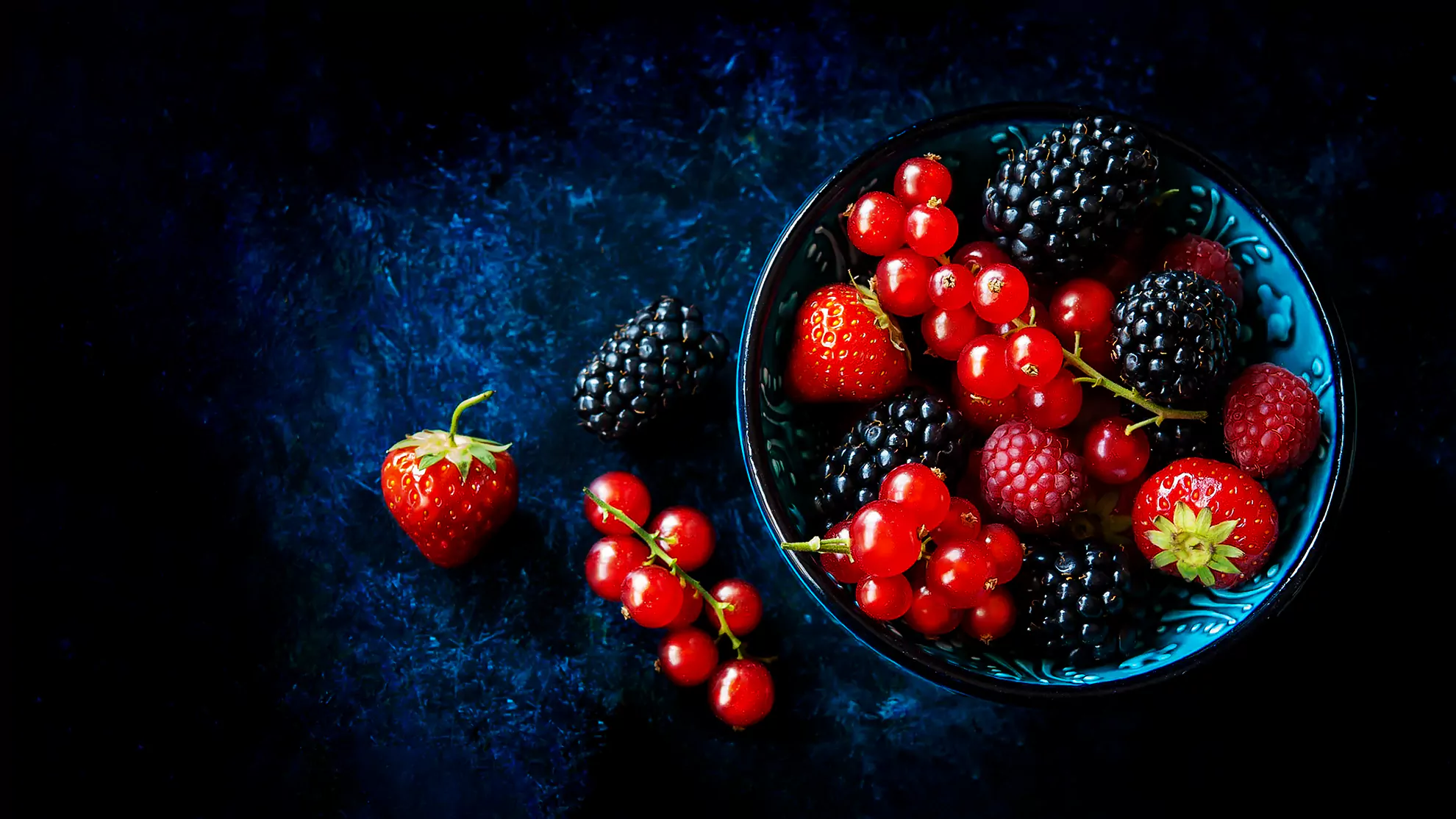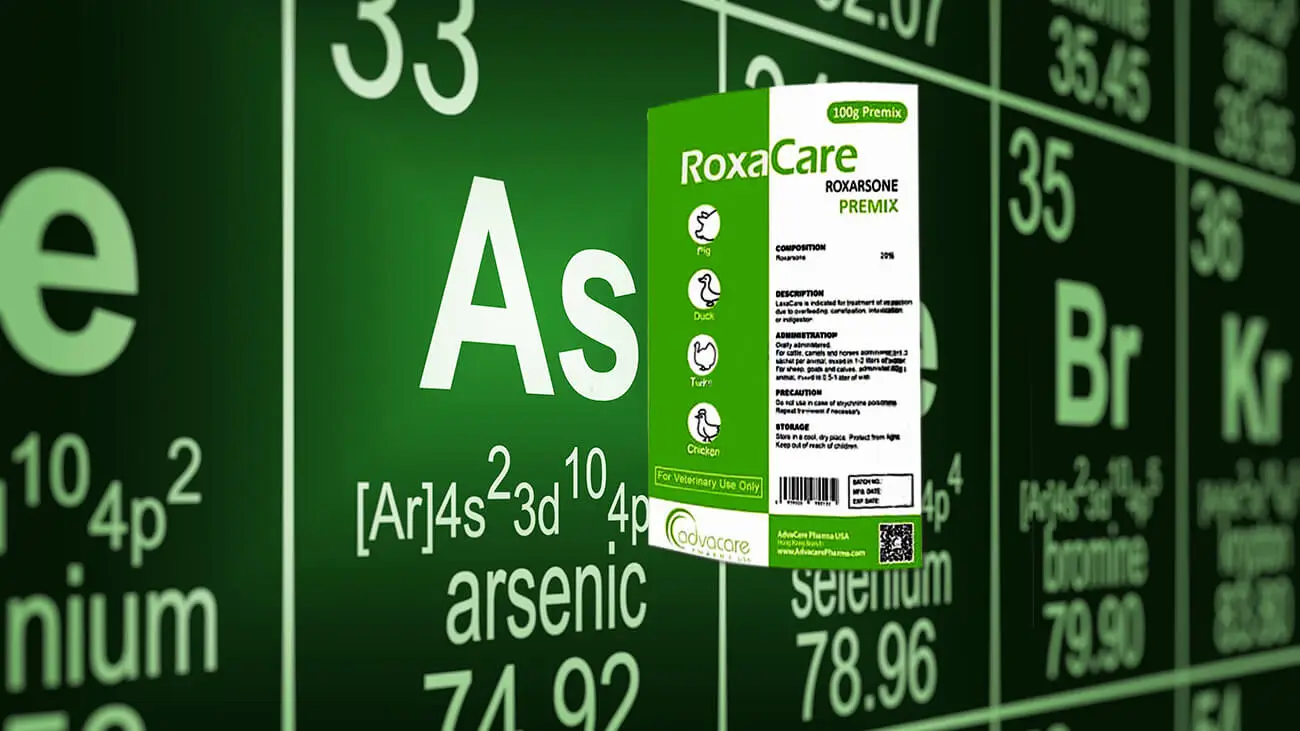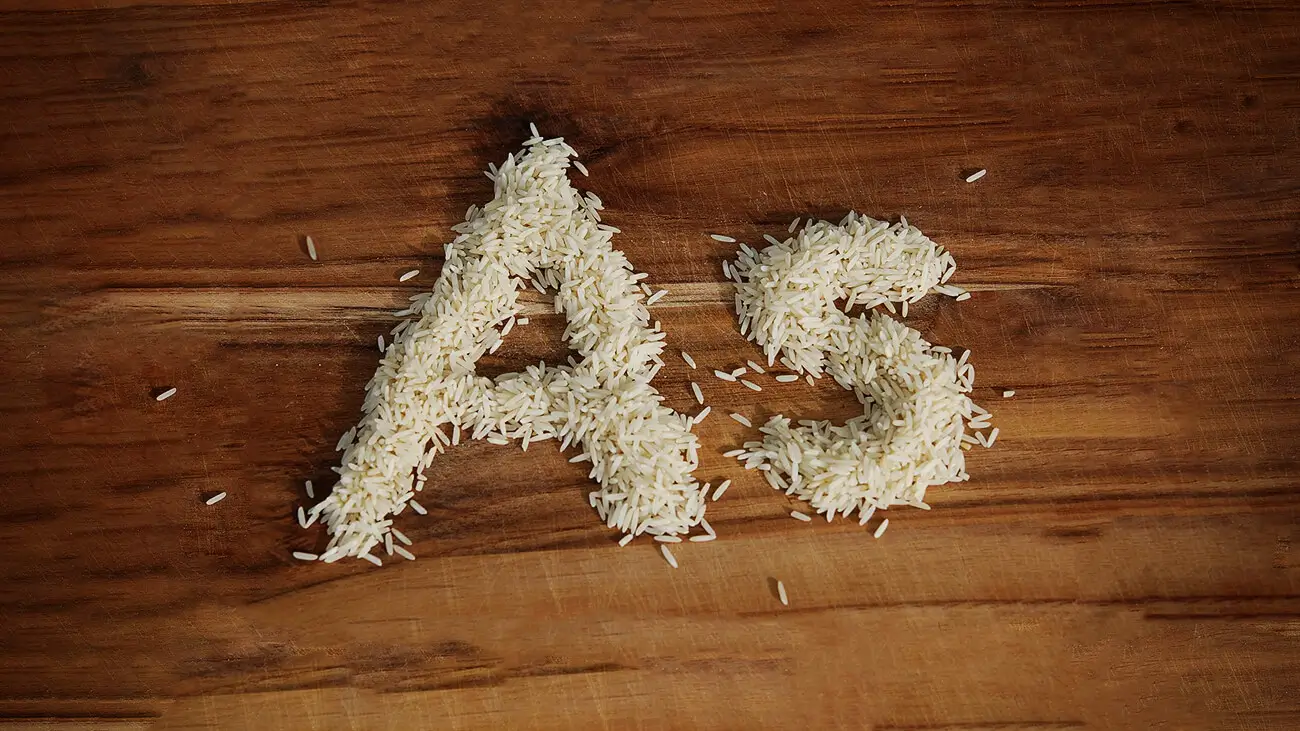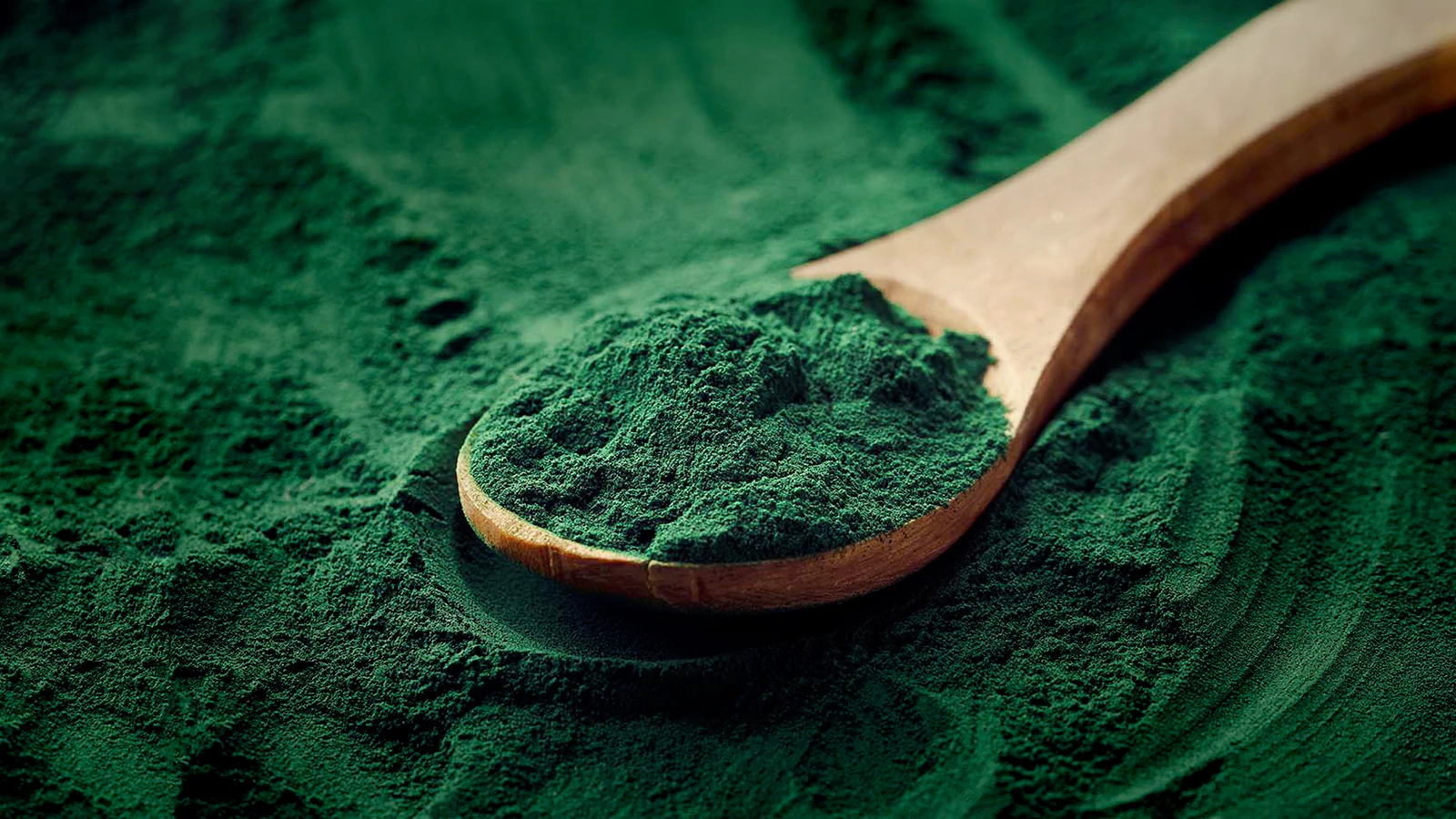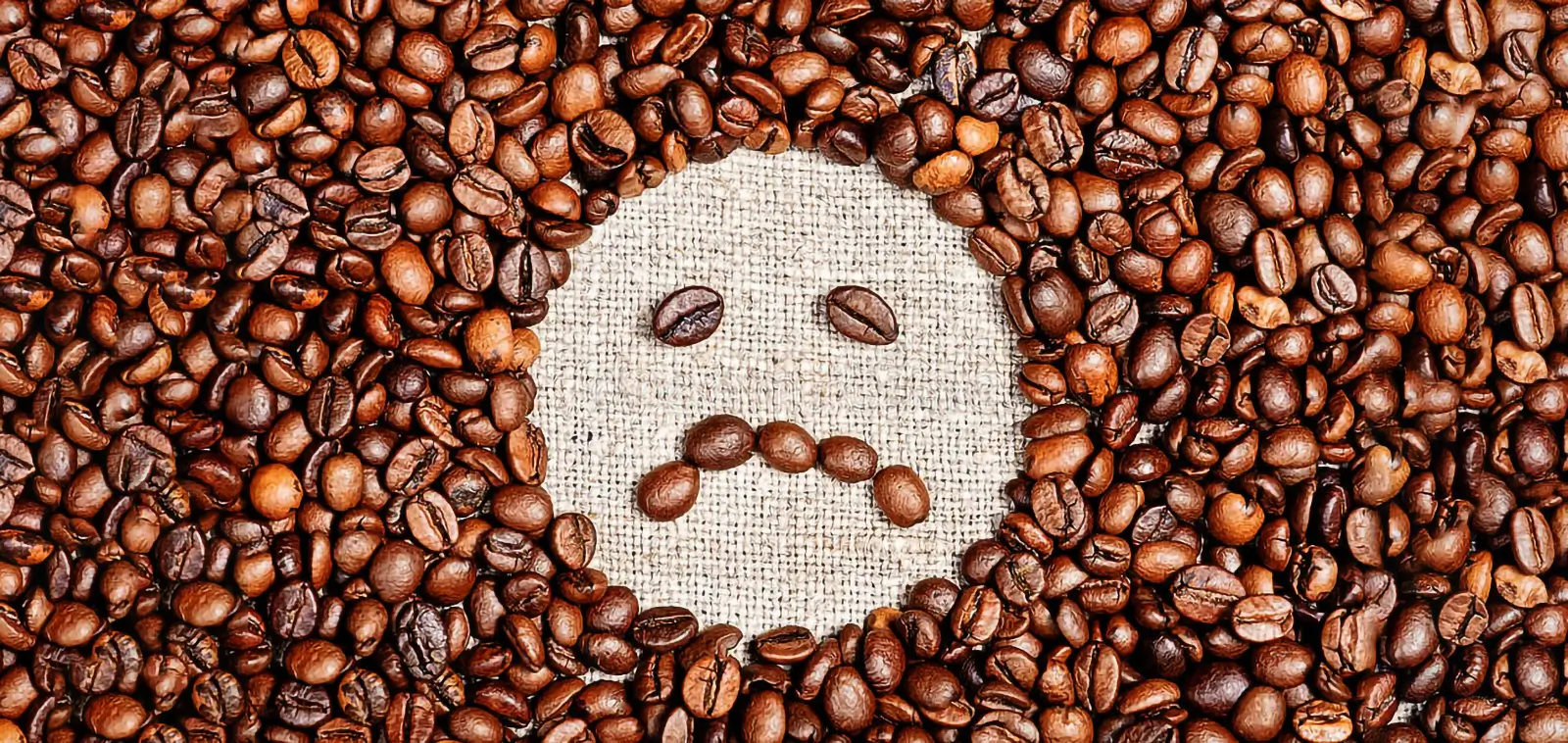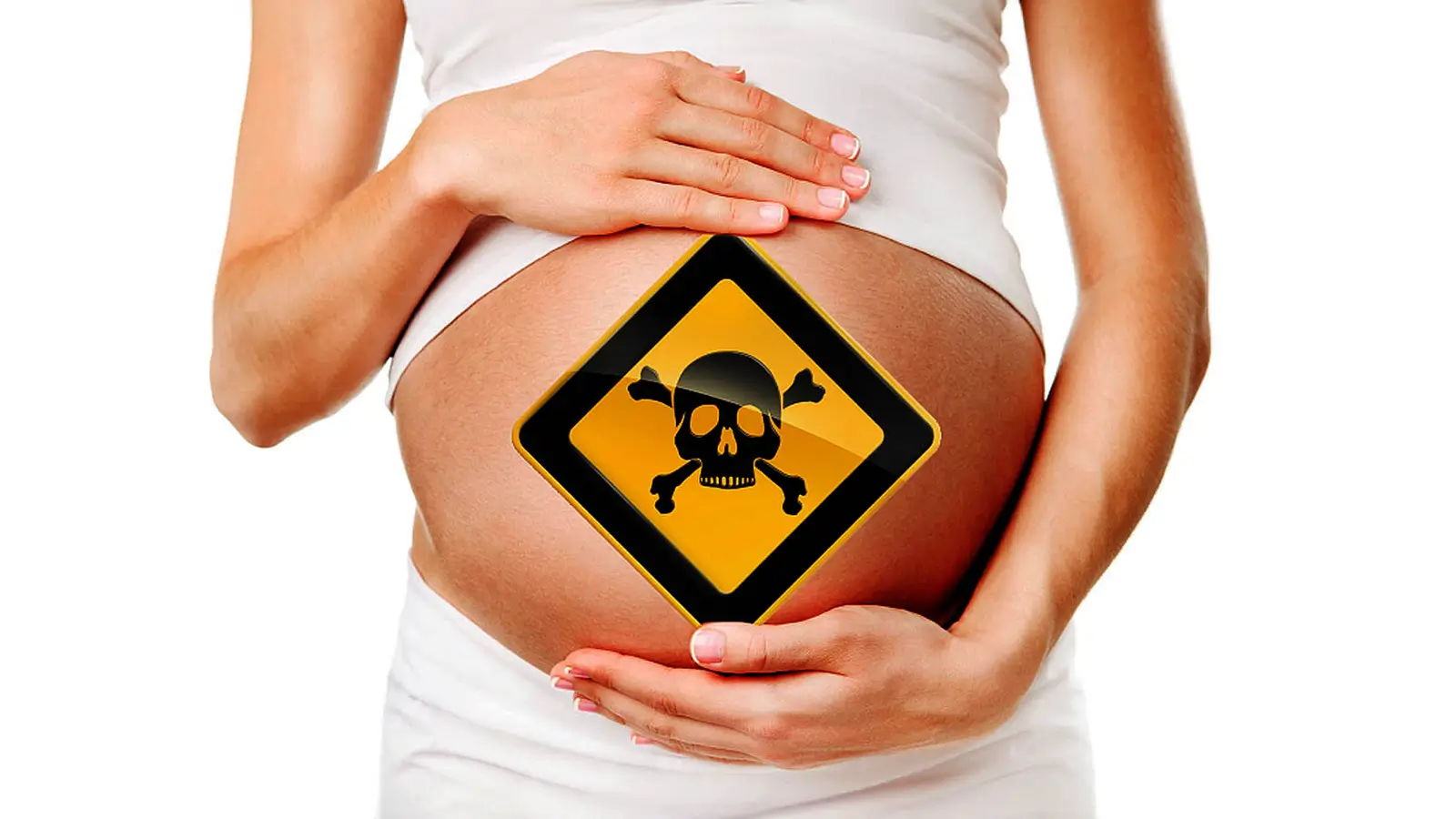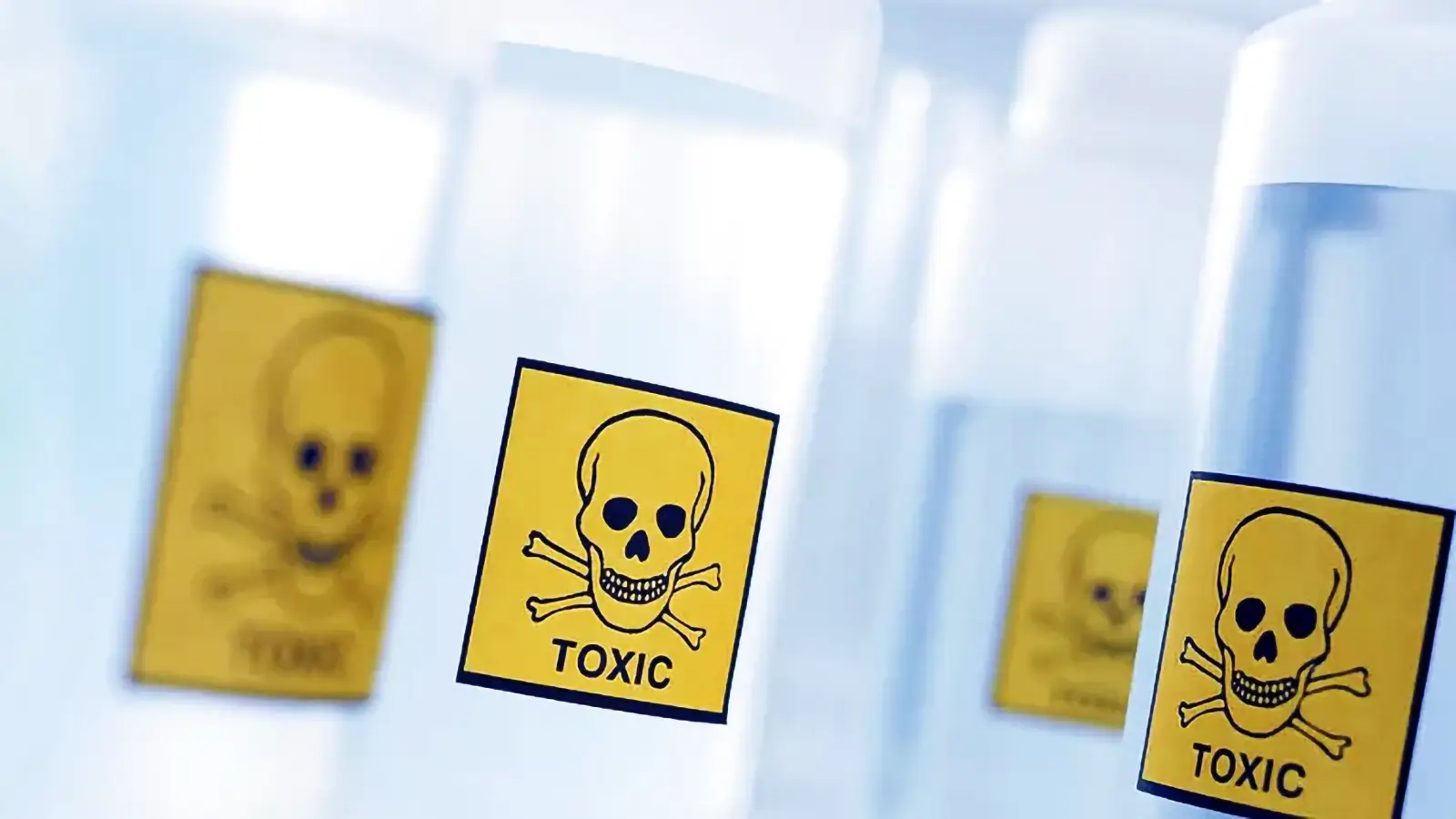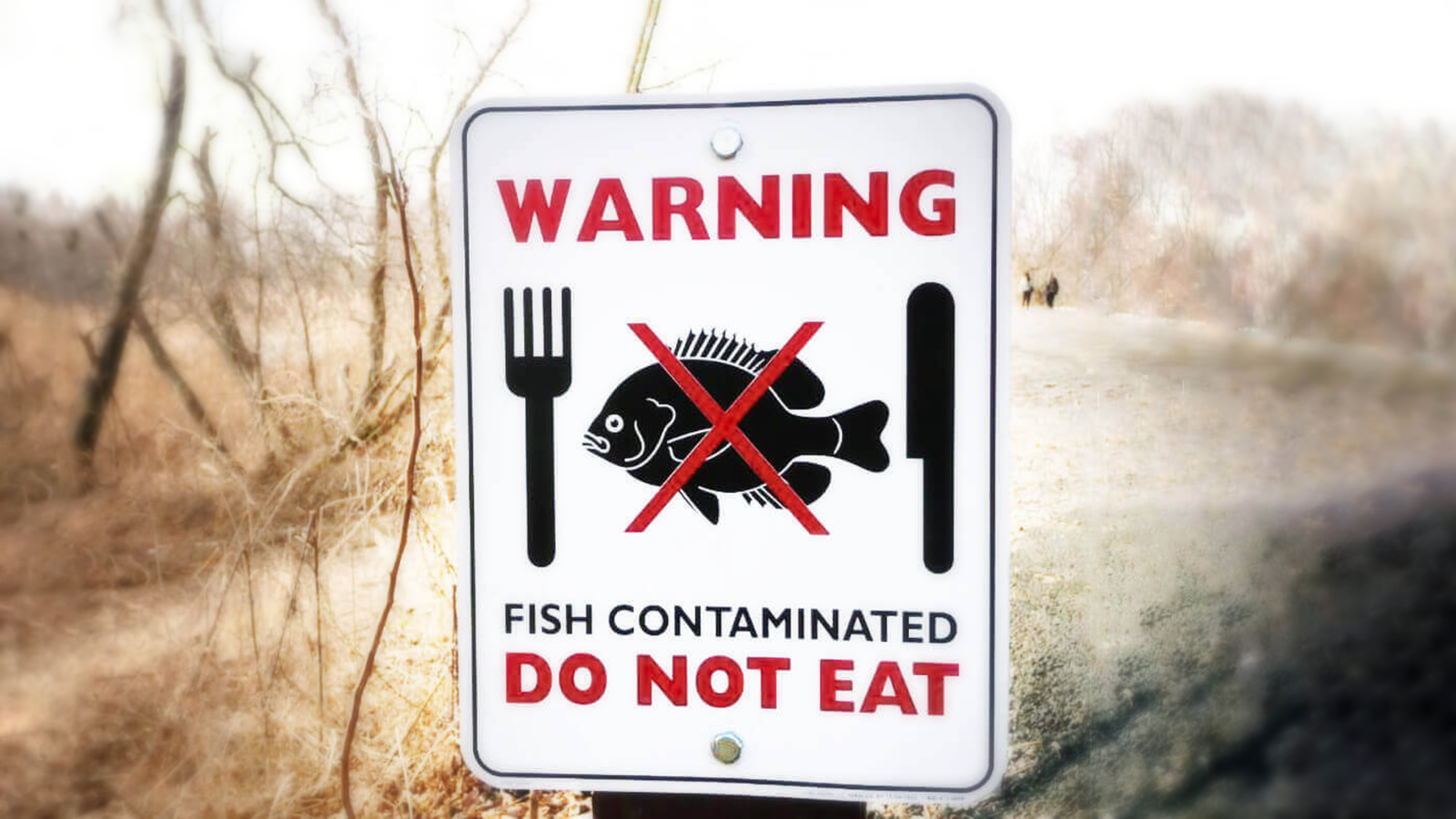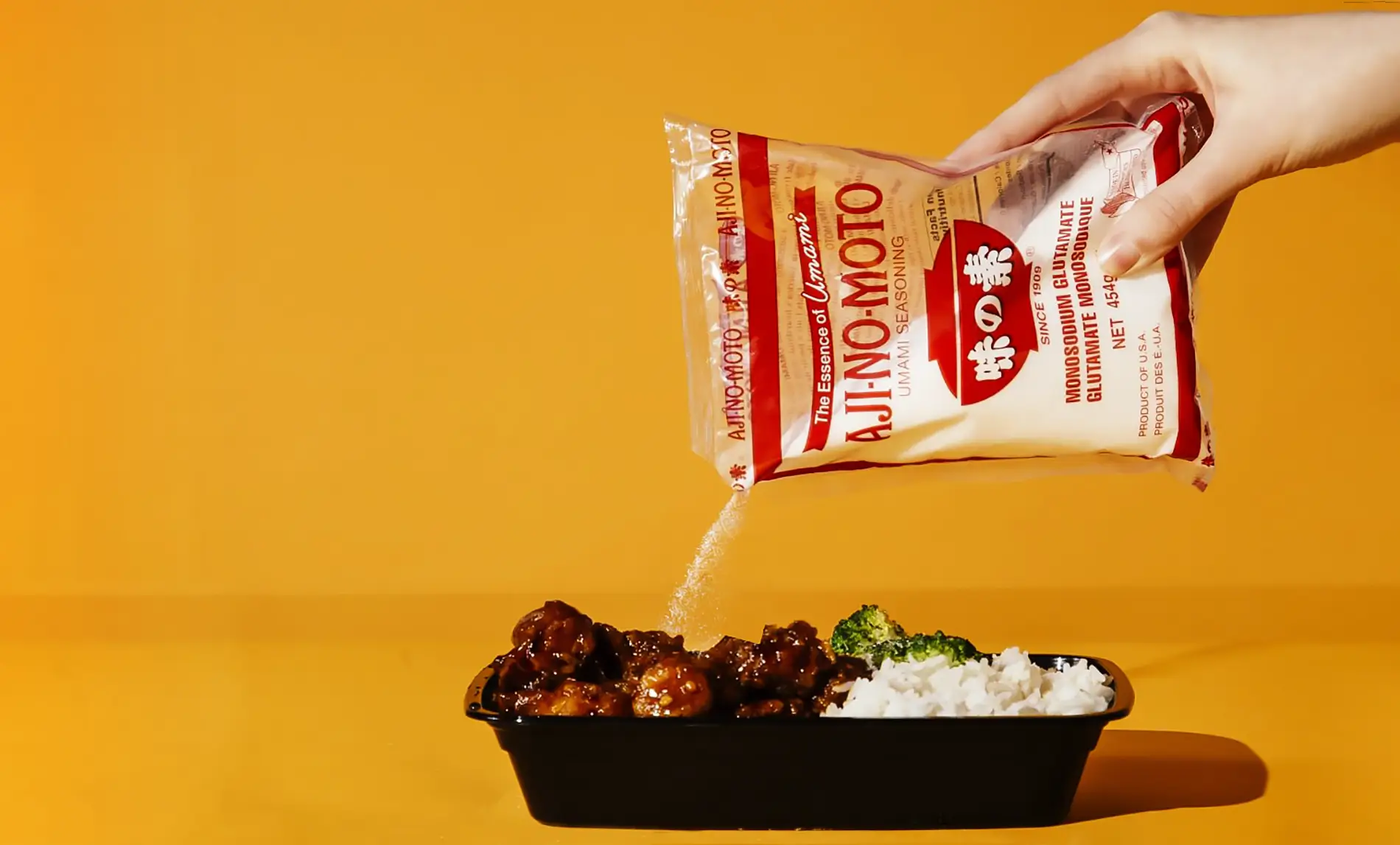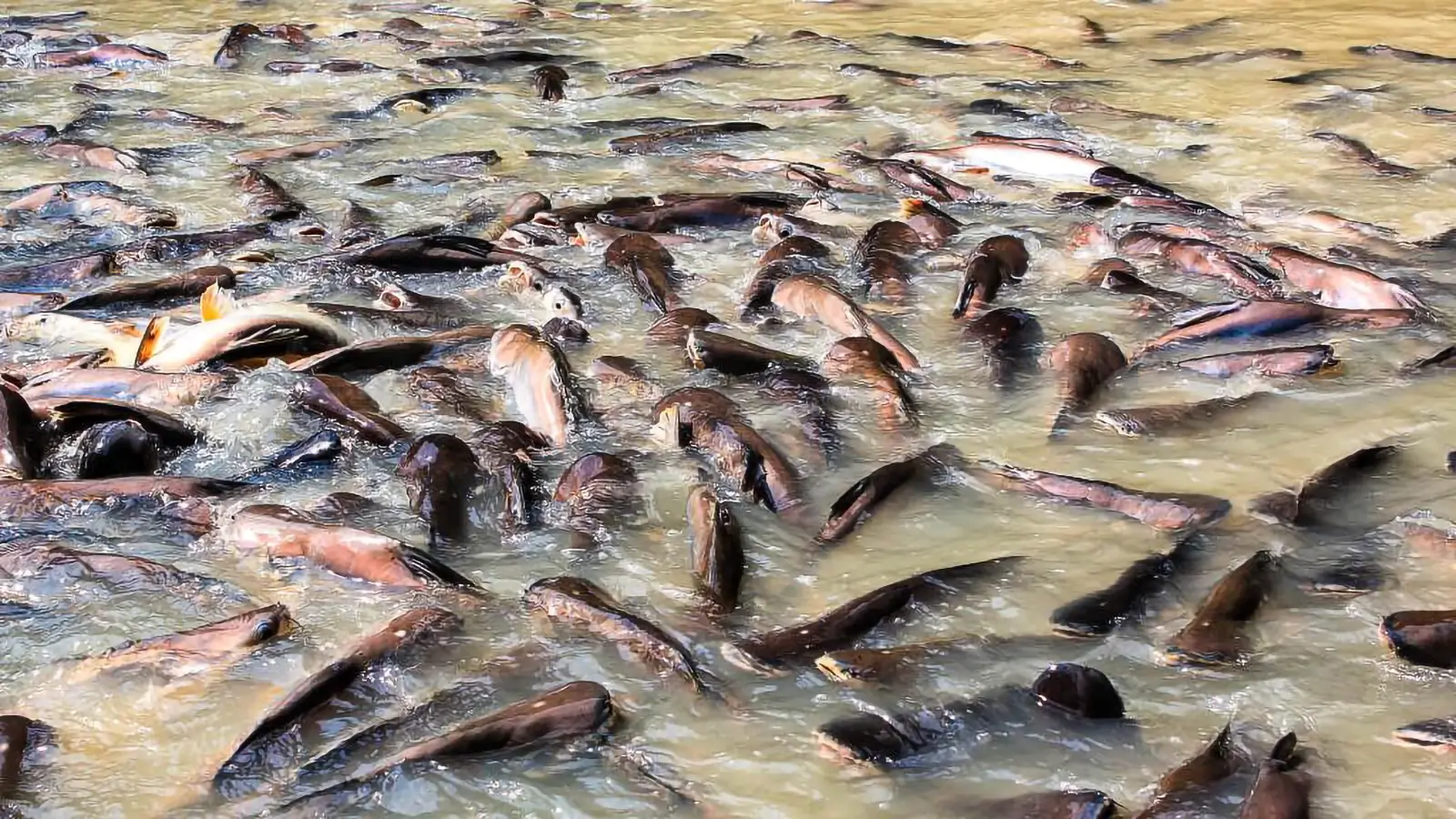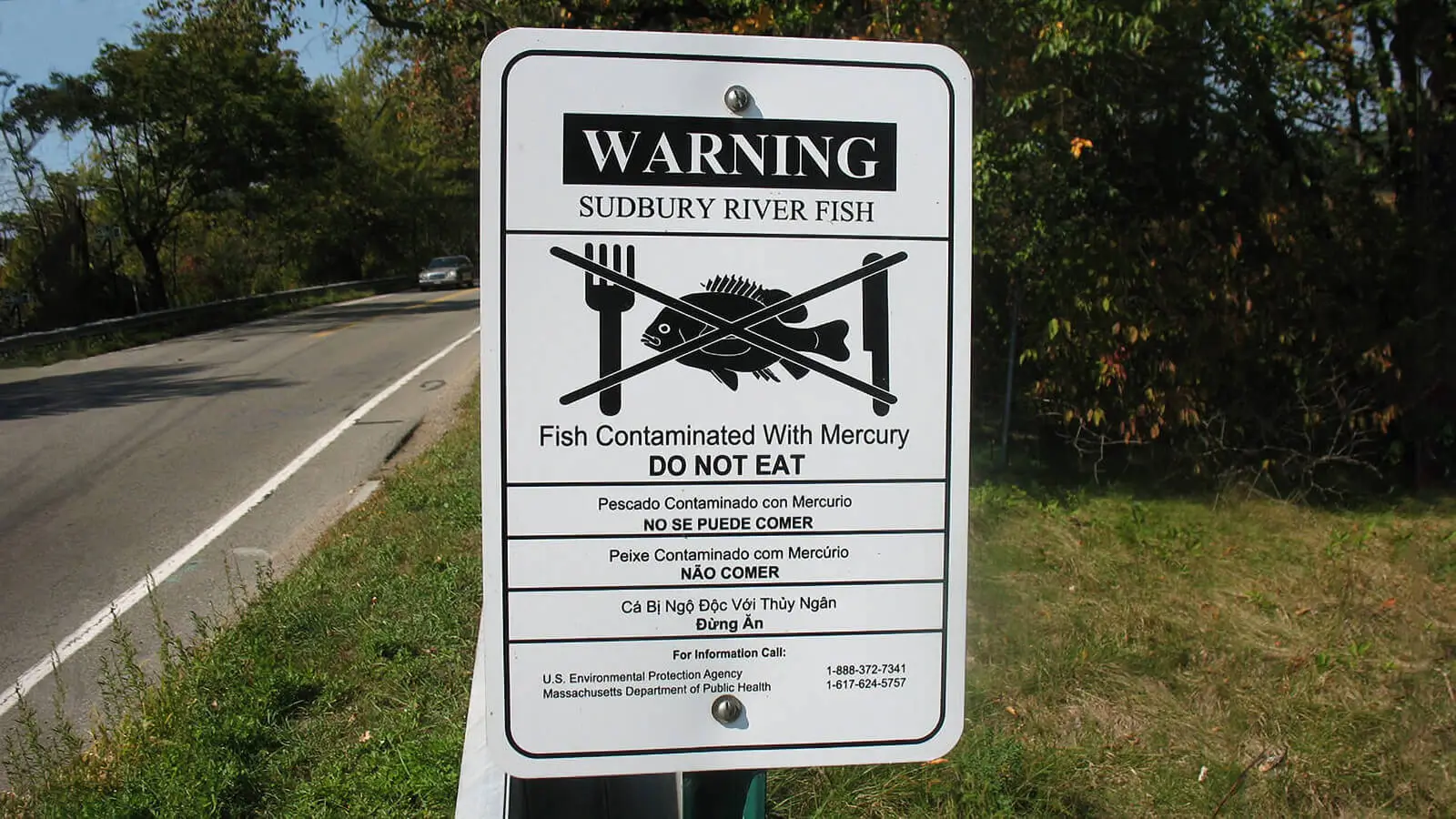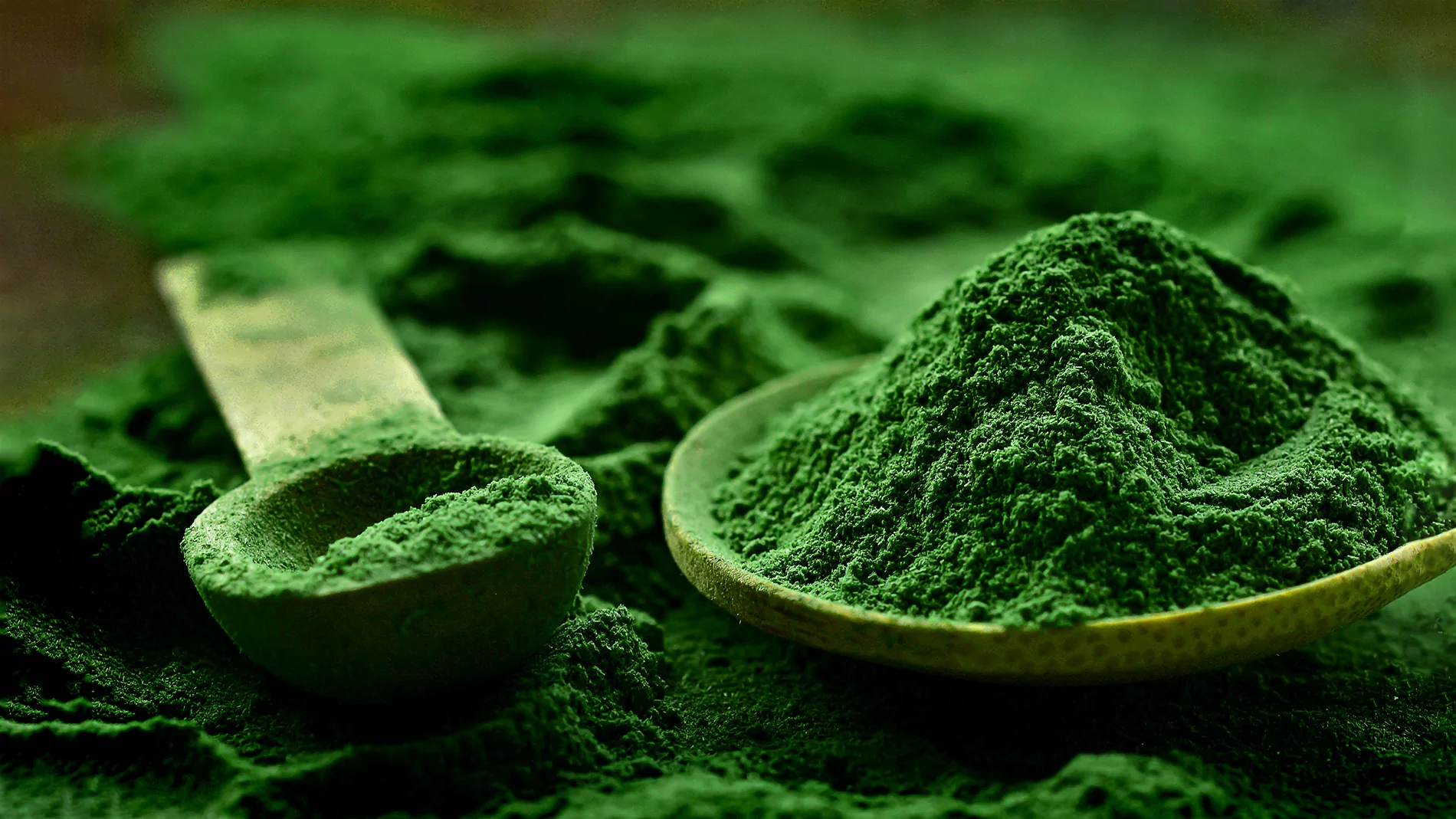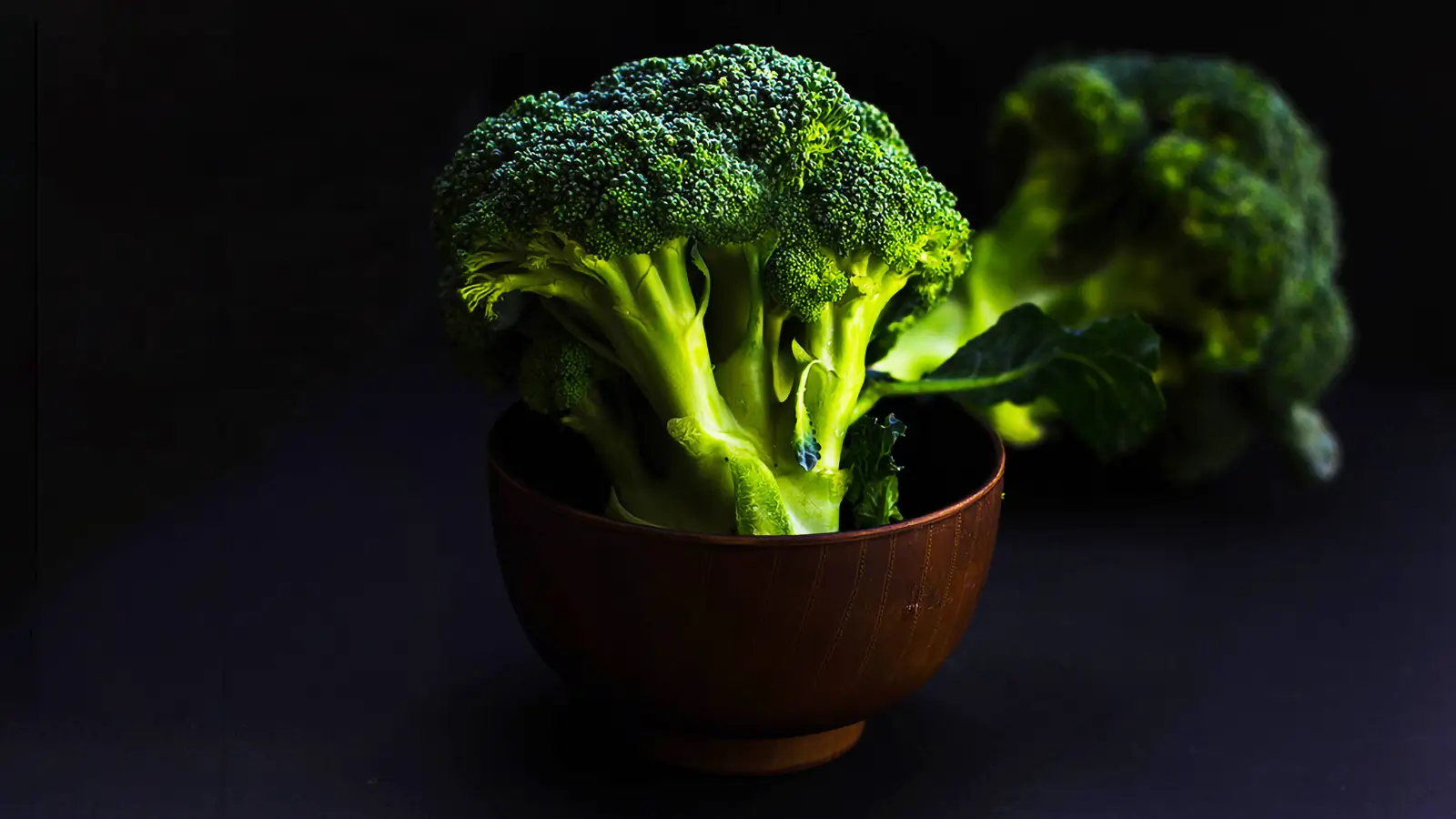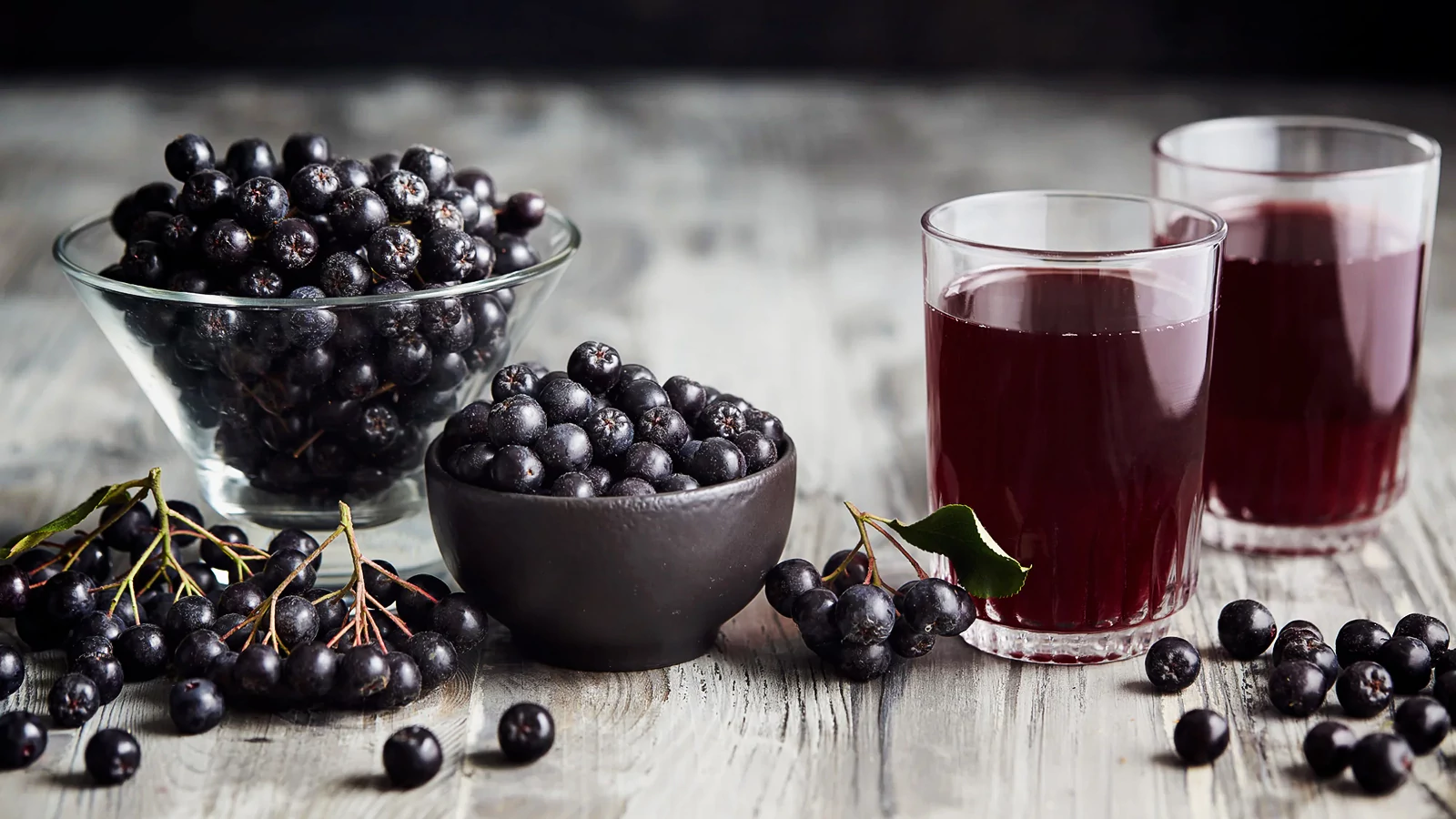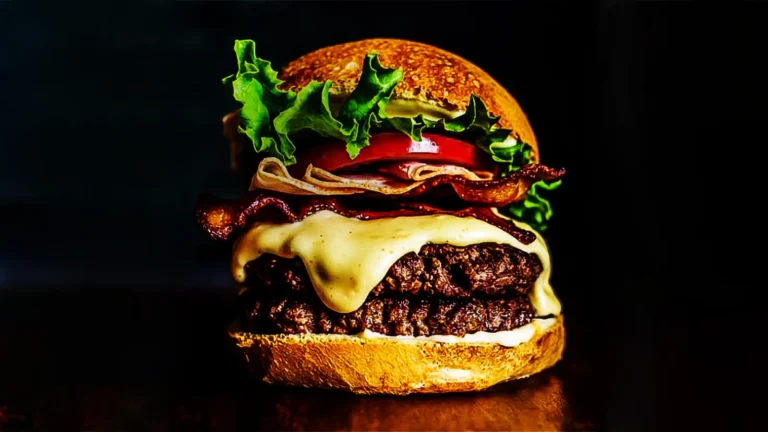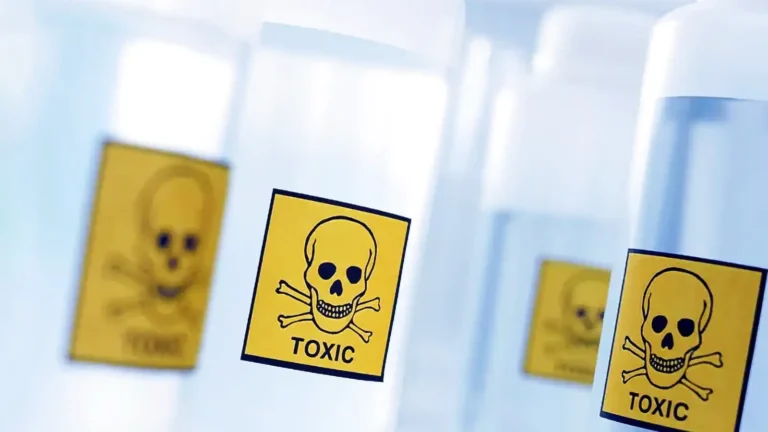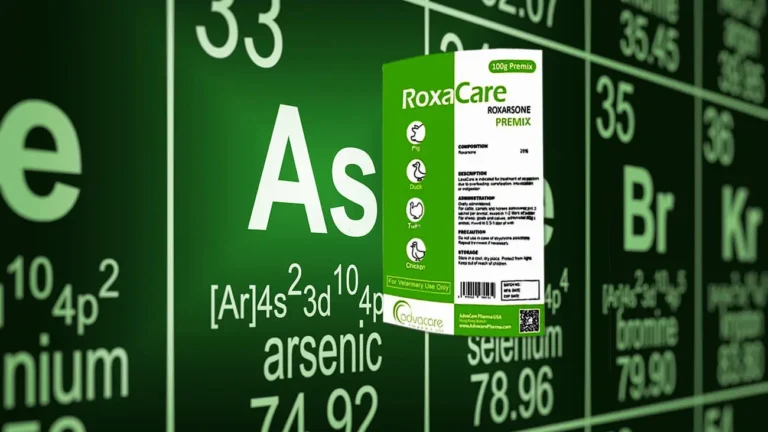Detoxification – A Scientific Review
There are programs of dieting designed to help reduce inflammation and overall body toxicity and increase detoxification that are backed by science.
Milos Pokimica
Written By: Milos Pokimica
Medically Reviewed by: Dr. Xiùying Wáng, M.D.
Updated June 9, 2023When people talk of detoxification and cleansing protocols somehow it turns into esoteric pseudoscience. It is true that most of the detox diets out there are not scientifically proven. It is also the truth that most of the natural traditional detoxifying herbs are also not scientifically proven. However, again some of the detoxification protocols have been around for thousands of years of traditional use.
In the end, the best detoxification is to stop absorbing toxins in the first place. This means eating food that is low on a food chain to avoid the bioaccumulation of all of the POPs (persistent organic pollutants) in a food chain. That is the only real way to lower our toxic load and avoid the negative health effects of environmental pollution. Toxicity can kill you. It might be directly or it might be true cancer or it can create permanent and lasting chronic health diseases. The situation is serious and much more serious than most people realize. People like to think about detoxification in the form of an awesome fun weekend diet to make and pick for Instagram. WHO estimates are that environmental pollution is responsible for the deaths of millions of people globally every year directly and is responsible for tens of millions of chronic conditions that range from permanent disability to cancer.
There are programs of dieting that are designed to help reduce inflammation and overall body toxicity that are backed by science. They are all based on a natural (meaning in line with human evolution) whole food plant-based diet with a low level of environmental toxin exposure. That is it. It is our body or in other words, our liver that does the majority of the detoxification of all the chemicals that can’t be dissolved in water. Water-soluble chemicals are mostly removed and detoxification is done with the help of the kidneys.
If you think that you can eat most of the time anything that you want and go on some detoxification cleansing diet for a month or two, in reality, this will have no long-lasting effects. We can find this line of thinking in Traditional Chinese Medicine for example, or in the tradition of Nativity Fast and The Great Fast or Lent practiced by the Eastern Orthodox Churches where only fish is allowed from all animal products, and “real” fast is even without the fish too. However, that will work no more. Most babies are born these days already with massive toxic build-up. Most children in western countries have a visible arteriosclerotic plaque by the age of 7, and a significant portion of them are obese. If we do not regulate our diet on a scientific base, meaning eat the food that science and evolution have defined not our emotional desire, any cleansing detoxification protocol is just wasting time.
There are some scientifically backed methods to lower overall body toxicity. One of them will be to eat a lot of fiber.
Fiber is bound to an excess of estrogen in the body and can have protective effects against hormonal cancers like breast cancer. Because of all of the xenoestrogens eating an adequate amount of fiber is the right decision. Also, all fat-soluble molecules like cholesterol can only be detoxified by pushing them directly into the digestive tract in the hope that they will bond with fiber and leave the body by excrement and not by kidneys that can only detoxify water-soluble chemicals.
Fiber-rich food intake is associated with a low level of lead, cadmium, mercury, and other heavy metals in the body too. Fiber bound itself to lead and other heavy metals in such a strong way that makes absorption impossible. Absorption happens later when probiotic bacteria dissolve some of the fiber, so it is not a fail-safe solution. However, in the end, heavy metal bioavailability from animal-based foods was higher than that from vegetable-based foods because of all of the fiber and phytochemicals (Chunhabundit et al., 2011). In this study just adding kale to the pig kidneys (one of the most abundant sources of cadmium), the toxic exposure was significantly lower. When scientists measure trace element concentrations meaning exposure to lead and cadmium in subjects who changed from a mixed diet to a lactovegetarian diet same things happen (Srikumar et al.,1992). The plasma and hair concentrations of selenium, copper, and zinc had decreased but those of magnesium had increased. Concentrations of cadmium, lead, and mercury in hair was lower. The tendency was towards the increased elimination of lead and cadmium and mercury following the change to the vegetarian diet. Within three months the levels significantly dropped and stay down for the rest of the year following the experiment. After switching back to the regular diet, they come back three years later, and levels were back up to the old high values. The story why selenium decreased by 40% in this study is because European soil (this study was done in Sweden) is severely selenium deficient. Mercury was down 20%, cadmium, and lead 50%.
There are scientifically proven specific plant species that can aid in the detoxification of heavy metals and other toxins as well because of their high antioxidant potential. Plants species, in general, have effects on the chelation of heavy metals and their elimination from the body but some phytochemicals are just stronger in chelating some heavy metals than others (Cobbett, 2000).
Curcumin, for example, became one of the healthiest and most researched plants in the last decades or so. Curcumin reduces the toxicity induced by mercury, chromium, cadmium, arsenic, copper, lead, maintains the liver antioxidant enzyme status and, prevents histological injury, lipid peroxidation, and glutathione (GSH) depletion, and protects against mitochondrial dysfunction. Curcumin has scavenging and chelating properties that can chelate or bind to heavy metals allowing them to be exerted (Ferrari et al., 2014). We do not need to take a curcumin supplement if we don’t have kidney stones; we can just eat cheap turmeric powder mixed with ground pepper (I will explain this in more detail in one of the other articles).
Particular types of fiber and carbohydrates found in seaweed also are able to stick to heavy metals and help them be released from the body. Seaweed compounds have been found to chelate (stick to and bind) different heavy metals including radioactive strontium (cancer-causing compound) from the body (Idota et al., 2013).
Cilantro is also very well-known and a great binder of heavy metals. The preventive effect of Coriandrum sativum, (Chinese parsley) on lead deposition was investigated in a couple of different studies (Aga et al., 2001).
Administration of Chinese parsley to mice significantly decreased lead deposition in the femur and severe lead-induced injury in the kidneys suggesting that it has chelation affinities toward led by some undiscovered substance contained in Chinese parsley.
Besides this, we have one of the folk remedies for all illnesses in natural medicine, garlic. When garlic is cut, crushed, or chewed, an enzyme called alliinase converts allin to allicin. Allicin in garlic is the actual active compound. It is designed to defend the plant from insects chewing on it. It is responsible for the intense odor of fresh garlic. The way we prepare garlic influences the number of beneficial compounds we receive from it. Because it is not thermostable and only gets created when cells in garlic are damaged, it must be first crushed and left alone for some time, and only when eaten raw, only then it will have its germicidal effect. What was interesting is that with the antiviral and antimicrobial properties of garlic it is also a strong heavy metal detoxifier and no garlic does not have an antiplatelet activity like aspirin. The aim of this Iranian study (Kianoush et al., 2012) was to investigate the therapeutic effects of garlic and compare it with d-penicillamine (the pharmaceutical-grade chelation therapy drug) in patients with chronic lead poisoning. They gave each subject a garlic tablet containing 400 mg of dried powder garlic which is equivalent to 1200 µg allicin or 2 g fresh garlic. Yes, 2 g of fresh garlic. In this case not raw garlic just a regular tablet supplement that you can buy in a store. The supplement will not give you bad breath. Garlic and the pharmaceutical-grade drug both reduced lead levels by 20% and the garlic had no side effects. On another hand, there are serious side effects of d-penicillamine. Allicin is known as a chelating agent in the treatment of lead poisoning but also that S-allyl cysteine and S-allyl mercaptocysteine, both substances found in garlic extract, inhibit lead absorption directly from the gastrointestinal tract. In addition, garlic had more clinical improvement than d-penicillamine in a number of clinical manifestations including irritability, systolic blood pressure, headache, and decreased deep tendon reflex. The reason for this is that chelation drugs can only reduce blood levels. The problem is that the heavy metals are not just in the blood but are in the cells and the body’s own mechanism must remove them from the cells where chelation drugs have no impact. However, it looks like garlic did it just by itself. It helped the entire body not just blood to detoxify. Detoxifying just by drinking water is not a whole solution.
Fat in our body acts as a deposit for these toxins. When we start to lose weight toxins get released into the bloodstream. If we are on a diet, it is not enough to go water fasting or juice fasting to detoxify. We need to eat fiber too. We need a lot of healthy bacteria in our intestines to protect us from food toxins and release chemicals that our body needs, and we will only get them from fiber-rich food.
Another scientifically-backed method is to eat antioxidants to neutralize the significant amount of these toxins from doing damage to our DNA. In terms of how much antioxidants I will suggest at least 40.000 units on an ORAC scale.
We need antioxidants and fiber-rich toxin-free meals so in other words broccoli, carrots, kale, apples, and other vegetables and fruits. That is a healthy diet detoxification plan. Coffee enemas not so much.
A large amount of fiber in the diet will clean our intestines and feed our probiotic bacteria at the same time. If we want, we can add activated charcoal to the mix to clean our intestines from the inside. What activated charcoal does is it allows harmful drugs and toxins that are in the gut to bind to it. Its permeable surface has a negative electric charge. That is like an antioxidant just it is not, it does not neutralize anything it just binds to it and gets it out. It attracts positively charged ions and gas, and all oxidants and toxins are bound until you poop. This is the reason activated charcoal is often used among patients who suffered from a drug overdose or poisoning since it assists the body in eliminating these unwanted materials by attaching and not allowing them to go free and enter the bloodstream. It is a common ingredient in water filter systems as well because it can trap pesticides, solvents, industrial waste, chemicals, and other impurities.
Besides fiber, we need a large number of antioxidants to protect our cells from toxic damage. Only on top of that, we can try to do commonly known detoxifying methods like drinking a lot of herbal teas and distilled water and green and other vegetable juices, but again we should do that every day just as part of our regular lifestyle and diet. We can only live healthily and help our bodies do the job. Anything else like detoxifying from time to time will lead to disease.
Some scientifically proven chemicals can help our liver do a better job at detoxifying but it is just an addendum. The liver is the most crucial organ in detoxification besides the kidneys and then the intestinal tract, from the mouth to the colon. The intestinal tract does not only have the task of digestion but also of the elimination of toxins and the prevention of toxins from food to enter the blood at the first stage. Lungs and bronchi also remove toxins in the form of carbonic gas. If the liver, lungs, and kidneys do not detoxify efficiently, the body needs help from the skin that removes toxins in the form of crystals. Crystals are the remains of the breakdown metabolism of food rich in protein, such as eggs, fish, meat, and dairy. Urea is part of the group of crystals.
If you have a strong odor, it might even have clinical significance. If the insulin level drops, the body begins to break down fat for fuel, which leads to a buildup of ketones. That accumulation, in turn, may produce a change in body odor, and it might be a sign it is time to see a doctor. If you want to do a trendy keto diet full of protein and low in carbs, you need to know that you are going to have a change in body odor and also an impact on the smell of your breath.
However, the skin or any other organ is not the primary detoxifying engine in the body. The liver is and the kidneys.
If the liver is unable to detoxify for example in cases like cirrhosis, we die. If our kidneys are not able to detoxify we die or use modern technology to prolong our life like dialysis machines to clean our blood artificially.
References:
- Chunhabundit, Rodjana et al. “Cadmium bioavailability from vegetable and animal-based foods assessed with in vitro digestion/caco-2 cell model.” Journal of the Medical Association of Thailand = Chotmaihet thangphaet vol. 94,2 (2011): 164-71.[PuMed]
- Srikumar, T S et al. “Trace element status in healthy subjects switching from a mixed to a lactovegetarian diet for 12 mo.” The American journal of clinical nutrition vol. 55,4 (1992): 885-90. doi:10.1093/ajcn/55.4.885
- Cobbett, C S. “Phytochelatins and their roles in heavy metal detoxification.” Plant physiology vol. 123,3 (2000): 825-32. doi:10.1104/pp.123.3.825
- Ferrari, Erika et al. “Curcumin derivatives as metal-chelating agents with potential multifunctional activity for pharmaceutical applications.” Journal of inorganic biochemistry vol. 139 (2014): 38-48. doi:10.1016/j.jinorgbio.2014.06.002
- Idota, Yoko et al. “Alginate enhances excretion and reduces absorption of strontium and cesium in rats.” Biological & pharmaceutical bulletin vol. 36,3 (2013): 485-91. doi:10.1248/bpb.b12-00899
- Aga, M et al. “Preventive effect of Coriandrum sativum (Chinese parsley) on localized lead deposition in ICR mice.” Journal of ethnopharmacology vol. 77,2-3 (2001): 203-8. doi:10.1016/s0378-8741(01)00299-9
- Kianoush, Sina et al. “Comparison of therapeutic effects of garlic and d-Penicillamine in patients with chronic occupational lead poisoning.” Basic & clinical pharmacology & toxicology vol. 110,5 (2012): 476-81. doi:10.1111/j.1742-7843.2011.00841.x
Related Posts
Do you have any questions about nutrition and health?
I would love to hear from you and answer them in my next post. I appreciate your input and opinion and I look forward to hearing from you soon. I also invite you to follow us on Facebook, Instagram, and Pinterest for more diet, nutrition, and health content. You can leave a comment there and connect with other health enthusiasts, share your tips and experiences, and get support and encouragement from our team and community.
I hope that this post was informative and enjoyable for you and that you are prepared to apply the insights you learned. If you found this post helpful, please share it with your friends and family who might also benefit from it. You never know who might need some guidance and support on their health journey.
– You Might Also Like –

Learn About Nutrition
Milos Pokimica is a doctor of natural medicine, clinical nutritionist, medical health and nutrition writer, and nutritional science advisor. Author of the book series Go Vegan? Review of Science, he also operates the natural health website GoVeganWay.com
Medical Disclaimer
GoVeganWay.com brings you reviews of the latest nutrition and health-related research. The information provided represents the personal opinion of the author and is not intended nor implied to be a substitute for professional medical advice, diagnosis, or treatment. The information provided is for informational purposes only and is not intended to serve as a substitute for the consultation, diagnosis, and/or medical treatment of a qualified physician or healthcare provider.NEVER DISREGARD PROFESSIONAL MEDICAL ADVICE OR DELAY SEEKING MEDICAL TREATMENT BECAUSE OF SOMETHING YOU HAVE READ ON OR ACCESSED THROUGH GoVeganWay.com
NEVER APPLY ANY LIFESTYLE CHANGES OR ANY CHANGES AT ALL AS A CONSEQUENCE OF SOMETHING YOU HAVE READ IN GoVeganWay.com BEFORE CONSULTING LICENCED MEDICAL PRACTITIONER.
In the event of a medical emergency, call a doctor or 911 immediately. GoVeganWay.com does not recommend or endorse any specific groups, organizations, tests, physicians, products, procedures, opinions, or other information that may be mentioned inside.
Editor Picks –
Milos Pokimica is a health and nutrition writer and nutritional science advisor. Author of the book series Go Vegan? Review of Science, he also operates the natural health website GoVeganWay.com
Latest Articles –
Top Health News — ScienceDaily
- Harvard gut discovery could change how we treat obesity and diabeteson December 14, 2025
Scientists found that certain molecules made by gut bacteria travel to the liver and help control how the body uses energy. These molecules change depending on diet, genetics, and shifts in the microbiome. Some even improved insulin response in liver cells when tested in the lab. The findings could open the door to new ways of preventing or managing obesity and diabetes.
- A grad student’s wild idea triggers a major aging breakthroughon December 14, 2025
Senescent “zombie” cells are linked to aging and multiple diseases, but spotting them in living tissue has been notoriously difficult. Researchers at Mayo Clinic have now taken an inventive leap by using aptamers—tiny, shape-shifting DNA molecules—to selectively tag these elusive cells. The project began as an offbeat conversation between two graduate students and quickly evolved into a collaborative, cross-lab effort that uncovered aptamers capable of binding to unique surface proteins […]
- Natural compound supercharges treatment for aggressive leukemiaon December 14, 2025
Forskolin, a plant-derived compound, shows surprising potential against one of the most aggressive forms of leukemia. Researchers discovered that it not only stops cancer cells from growing but also makes them far more vulnerable to chemotherapy by preventing them from pumping out the drugs meant to kill them. Experts say this dual action could help create safer, more powerful AML treatments with fewer harsh side effects.
- AI finds a hidden stress signal inside routine CT scanson December 14, 2025
Researchers used a deep learning AI model to uncover the first imaging-based biomarker of chronic stress by measuring adrenal gland volume on routine CT scans. This new metric, the Adrenal Volume Index, correlates strongly with cortisol levels, allostatic load, perceived stress, and even long-term cardiovascular outcomes, including heart failure risk.
- Tea may strengthen bones in older women while heavy coffee weakens themon December 13, 2025
A decade-long study of older women found that tea drinkers had slightly stronger bones, while moderate coffee drinking caused no harm. Heavy coffee intake—over five cups a day—was linked to lower bone density, especially in women who consumed more alcohol. Tea’s benefits may stem from catechins that support bone formation. The researchers say small daily habits could make a meaningful difference over time.
- The brain switch that could rewrite how we treat mental illnesson December 13, 2025
Scientists exploring how the brain responds to stress discovered molecular changes that can influence behavior long after an experience ends. They also identified natural resilience systems that help protect certain individuals from harm. These findings are opening the door to treatments that focus on building strength, not just correcting problems. The work is also fueling a broader effort to keep science open, independent, and accessible.
- Ozempic may offer a surprising bonus benefit for brain healthon December 13, 2025
A new analysis suggests that people with type 2 diabetes who use GLP-1 medications like Ozempic, Trulicity or Victoza may be less likely to develop epilepsy than those taking DPP-4 inhibitors. Semaglutide showed the strongest connection to lowered risk. Researchers caution that the findings show an association, not proof of cause and effect. More rigorous long-term studies are needed to understand the link.
PubMed, #vegan-diet –
- Healthful and Unhealthful Plant-Based Diets and Their Association with Cardiometabolic Targets in Women Diagnosed with Breast Cancer: A Cross-Sectional Analysis of a Lifestyle Trialon December 11, 2025
CONCLUSIONS: Maintaining cardiometabolic risk factors within normal ranges is clinically relevant in BCS, and this may be more likely when a plant-based diet is consumed, especially if low in unhealthy plant foods.
- Dietary and Lifestyle Patterns and Their Associations with Cardiovascular and Inflammatory Biomarkers in Vegans, Vegetarians, Pescatarians, and Omnivores: A Cross-Sectional Studyon December 11, 2025
Background: Plant-based diets are associated with reduced cardiometabolic risk, yet the influence of lifestyle behaviors on these benefits remains insufficiently understood. Objective: To assess the combined impact of dietary patterns and lifestyle behaviors on body composition, lipid profiles, and inflammatory biomarkers in healthy young adults. Methods: In this cross-sectional study, 155 participants aged 18-39 years were categorized into four dietary groups: vegans (n = 48), vegetarians (n […]
- Functional and Nutritional Properties of Lion’s Mane Mushrooms in Oat-Based Desserts for Dysphagia and Healthy Ageingon December 11, 2025
Hericium erinaceus (Lion’s Mane mushroom) is a medicinal species recognised for its neuroprotective and antioxidant properties. This study investigated its potential as a functional ingredient in oat milk-based desserts formulated for individuals with dysphagia. Freeze-dried Lion’s Mane powder (LMP), containing high-quality protein (~16%, amino acid score 88%), dietary fibre (~31%), and phenolic compounds (72.15 mg GAE/g), was incorporated at varying levels using gelatin or iota-carrageenan […]
- “A football team with no midfield”: A qualitative analysis of anti-vegan stigma in Italyon December 7, 2025
A growing body of research has demonstrated the prevalence of unfavourable attitudes towards individuals who adhere to a vegan diet and has provided empirical evidence to support the existence of an anti-vegan ideology. The present study aims to contribute to extant knowledge by examining the social perception of veganism and vegans in Italy. Italy is a nation characterised by a traditional culture of food that serves as a significant catalyst for collective identification and national pride….
- Plant-based dietary index on the Mediterranean and a vegan diet: a secondary analysis of a randomized, cross-over trialon December 5, 2025
CONCLUSION: These findings suggest that, replacing animal products even with the “unhealthful” plant-based foods on a vegan diet was associated with weight loss.
Random Posts –
Featured Posts –
Latest from PubMed, #plant-based diet –
- Identification of effective plant-based oils for use in aquafeed: An evaluation of impact on gamete quality and developmental success using zebrafish (Danio rerio) as a screening organismby Seyed-Mohammadreza Samaee on December 14, 2025
To evaluate the effectiveness of zebrafish as a screening system for identifying appropriate plant oils (POs) for aquafeed, Artemia nauplii (AN) were enriched with three single- cultivar olive oils (OO): Koroneiki, Parseh, and Arghavan. The resulting AN (ANKor, ANPar, ANArg, and AN36 [36 h starved AN, control]) were then fed to 360 fish (3.5 cm) for one month. The fatty acid (FA) profile of the AN was reflected in the ova and influenced both sperm motility and density, which in turn affected […]
- The Effect of Dietary Interventions on Human Vascular Function in the Context of Acute Psychological Stress: A Scoping Reviewby Rosalind Baynham on December 14, 2025
Episodes of acute psychological stress increase the risk for cardiovascular diseases, partially through stress-induced impairments in vascular function. During psychologically stressful periods, individuals are more likely to consume unhealthy foods and fewer fruits and vegetables. Yet, the impact of dietary choices and their nutritional composition on vascular function in the context of psychological stress is unclear. In this scoping review, comprehensive database searches were carried out […]
- The effect of a diet based on vegetable and dairy protein on biochemical and functional indicators of sarcopenia in patients with liver cirrhosis: a randomized controlled trialby Mahdiyeh Taghizadeh on December 13, 2025
CONCLUSIONS: In conclusion, a vegetable and dairy protein-based diet effectively inhibited significant elevations in ammonia levels compared to the standard diet in persons with liver cirrhosis; however, anthropometric parameters and muscle function did not differ between two groups.
- Gut microbiota and nutritional interventions in alcohol-associated liver disease: Mechanisms and therapeutic advancesby Ashi Mittal on December 13, 2025
Alcohol-associated liver disease (ALD) is a leading cause of liver-related morbidity and mortality worldwide. Despite growing awareness of its burden, treatment options remain limited, with abstinence as the only widely accepted intervention. Recent research underscores the critical role of the gut-liver axis and nutritional status, particularly dietary protein, in modulating ALD pathogenesis and progression. This review aims to integrate current knowledge on the interplay between gut…
- Effects of an anti-lipogenic low-carbohydrate high polyunsaturated fat diet or a healthy Nordic diet versus usual care on liver fat and cardiometabolic disorders in type 2 diabetes or prediabetes: a…by Michael Fridén on December 13, 2025
Polyunsaturated fatty acids (PUFA) have been shown to reduce liver fat compared to saturated fat, but effects of a novel “anti-lipogenic” diet replacing carbohydrates with PUFA (LCPUFA) or a low-fat healthy Nordic diet (HND) rich in whole-grains are unknown. The objective of this study was to investigate the effects of these diets, as compared with usual care (UC), on liver fat (primary outcome) and related glycemic and lipid disorders after 12 months of intervention, in individuals with…
- Triumphing over hidden hunger: Redesigning rice (Oryza sativa L.) for enhanced nutraceutical grain composition utilizing multiplexed genome editingby Khaled Fathy on December 12, 2025
Rice, a staple food crop, is consumed by most of the world’s population. Micronutrient malnutrition is a severe health issue, leading to diseases such as cancer, anemia, diabetes, heart disease, and disorders in physical and psychological development. We aimed to create rice with low cadmium in the grain but having high cadmium in shoots, safe biofortified protein, high iron, and zinc using CRISPR/Cas9 and breeding technologies instead of adding drugs. The triple gene Knockout rice lines for […]
